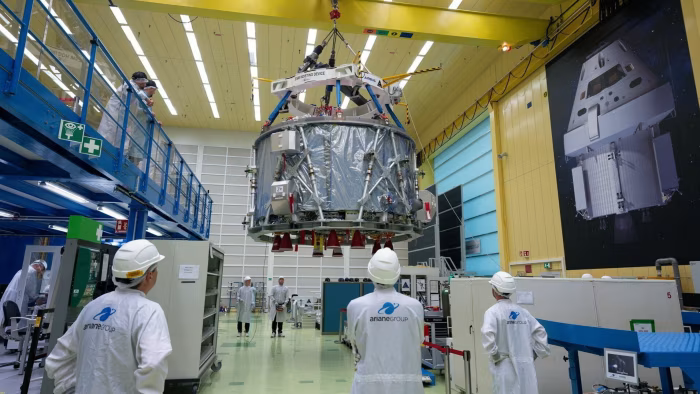Prime Minister Narendra Modi has declared India’s ambition to transform its electronics sector, aiming to reach a staggering $500 billion in value by the end of the decade, Bloomberg reports.
Speaking at a chip conference near New Delhi, Modi highlighted India’s potential in technology, particularly in semiconductors, and touted the country’s burgeoning advantages in this crucial sector.
Currently, India’s electronics market stands at an estimated $155 billion. Modi’s government is pursuing a strategy to attract chipmakers, mirroring the success of luring Apple Inc. to assemble iPhones in the country, generating a staggering $14 billion investment.
To date, Modi’s administration has approved over $15 billion worth of semiconductor investments. This includes a landmark proposal by the Tata Group to build India’s first major chip plant, along with Micron Technology Inc.’s ambitious $2.75 billion assembly facility in Gujarat, Modi’s home state.
Furthermore, Israel’s Tower Semiconductor Ltd. is exploring a $10 billion fabrication plant partnership with billionaire Gautam Adani in western India.
“This is the right time to be in India,” Modi said, outlining the country’s attractiveness for technology investment. “In the India of the 21st century the chips are never down.”
This ambitious push comes as semiconductors have become a strategic resource amidst geopolitical tensions between the US and China. Nations worldwide, including the US, Germany, Japan, and Singapore, are investing heavily to bolster their domestic chipmaking capabilities, seeking to reduce dependence on overseas producers like China and Taiwan.
Executives from leading chip industry players, both domestic and international, also outlined their expansion plans for India at the conference. NXP Semiconductors NV CEO Kurt Sievers announced the Dutch chipmaker’s commitment to invest over $1 billion in India over the next few years, focusing on expanding research and development efforts in the region.







